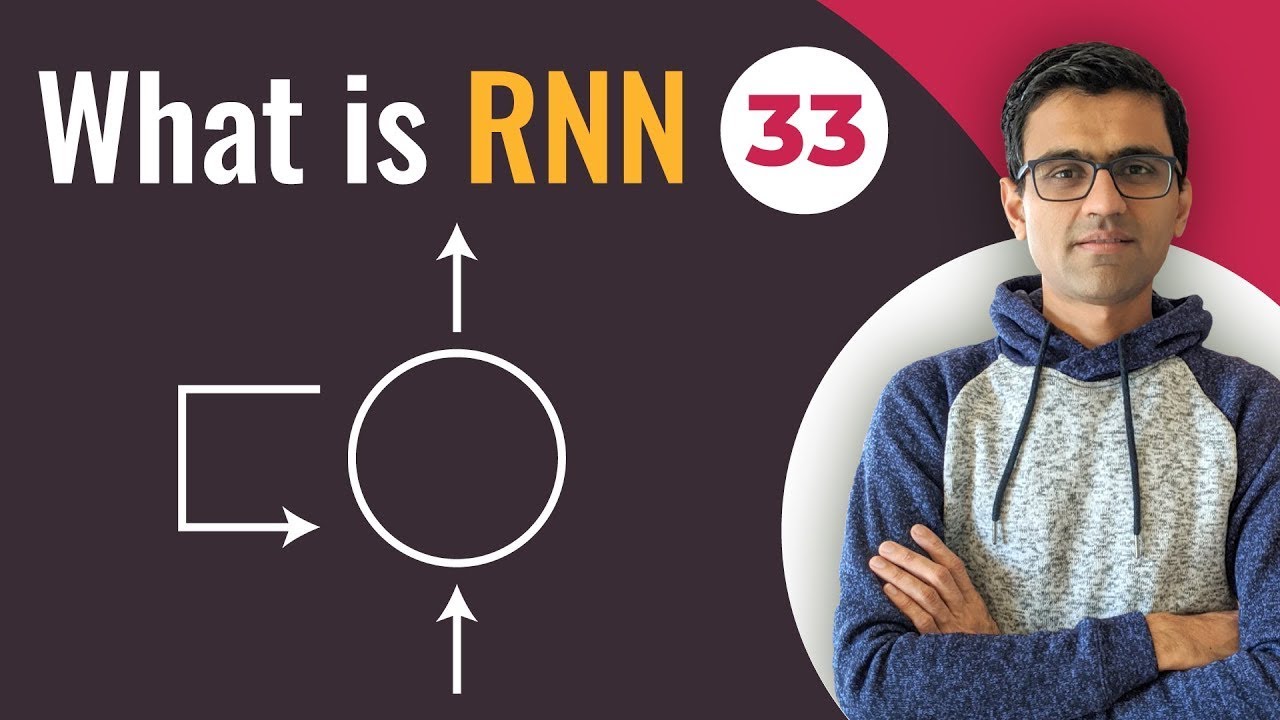Attention is all you need
Summary
TLDRThis video explores the evolution of attention mechanisms in neural networks, transitioning from traditional recurrent neural networks (RNNs) to innovative Transformer architectures. It highlights the significance of self-attention, which enables models to process inputs in parallel and understand contextual relationships between words. By introducing key, query, and value vectors, Transformers enhance the way contextual representations are generated, allowing for dynamic focus on relevant words in a sentence. This shift addresses the limitations of sequential processing in RNNs, leading to more efficient and effective natural language understanding.
Takeaways
- 😀 Transformers revolutionized NLP by allowing parallel processing of input sequences, overcoming the limitations of RNNs.
- 😀 The architecture is based on an encoder-decoder model, with the encoder focusing on input representation and the decoder generating output.
- 😀 Self-attention mechanisms enable each word to weigh its relationship with every other word in the sequence, capturing contextual information effectively.
- 😀 The attention mechanism calculates dynamic attention weights, allowing the model to focus on the most relevant words based on context.
- 😀 Transformers consist of key components: self-attention blocks, feed-forward networks, and multi-head attention for enhanced context capturing.
- 😀 The model employs linear transformations to create query, key, and value vectors from the original word embeddings, essential for attention calculations.
- 😀 Self-attention allows for simultaneous word processing, which significantly increases computational efficiency compared to sequential methods.
- 😀 The self-attention mechanism enhances the model's ability to manage ambiguities and relationships in language, improving understanding.
- 😀 Transformers utilize multi-head attention to capture different aspects of context simultaneously, enriching the representation of input data.
- 😀 The innovations introduced by Transformers, particularly in self-attention, have led to significant advancements in various NLP tasks and applications.
Q & A
What are the main challenges associated with traditional neural networks like RNNs?
-Traditional RNNs process sequences sequentially, which can lead to issues such as difficulty in capturing long-range dependencies, slow training times due to lack of parallelization, and the vanishing gradient problem.
How does the Transformer architecture address these challenges?
-The Transformer architecture uses self-attention mechanisms that allow it to consider the entire input sequence simultaneously, enabling parallel processing and better handling of long-range dependencies.
What role do key, query, and value vectors play in the self-attention mechanism?
-In self-attention, each word embedding is transformed into three vectors: the key, query, and value. The query vector is used to assess the relevance of other words (keys), and the attention scores derived from this interaction determine how much focus to place on each word (values).
What are the advantages of self-attention over traditional attention mechanisms?
-Self-attention allows each word in a sequence to weigh its relevance with respect to every other word simultaneously, leading to a more nuanced understanding of context and relationships in the data.
Can you explain how attention weights are calculated in the Transformer model?
-Attention weights are calculated by taking the dot product of the query vector with the key vectors, followed by applying a softmax function to normalize these scores. This results in a distribution that indicates the importance of each word for the given query.
What is the significance of parallelization in the Transformer architecture?
-Parallelization allows the Transformer to process multiple words in the input sequence at once, significantly speeding up training and inference times compared to RNNs, which must process one word at a time.
How does self-attention enhance the contextual representation of words?
-Self-attention enhances contextual representation by allowing the model to consider the relationships between all words in a sentence, enabling it to generate more accurate and contextually relevant embeddings for each word.
What happens to the meaning of words in a sentence due to self-attention?
-Self-attention enables the model to disambiguate words based on context; for example, in the sentence 'The elephant didn't cross the street because it was too tired,' the model understands that 'it' refers to 'elephant' rather than 'street' by focusing on relevant words.
How does the Transformer architecture handle input sequences of varying lengths?
-The Transformer architecture employs positional encoding to incorporate information about the order of words, allowing it to effectively process input sequences of varying lengths without losing track of their sequential nature.
What innovations in the Transformer model contribute to its success in NLP tasks?
-Key innovations include self-attention for contextual awareness, parallelization for efficiency, and the use of stacked layers of attention and feed-forward networks, all of which enable superior performance in various natural language processing tasks.
Outlines

このセクションは有料ユーザー限定です。 アクセスするには、アップグレードをお願いします。
今すぐアップグレードMindmap

このセクションは有料ユーザー限定です。 アクセスするには、アップグレードをお願いします。
今すぐアップグレードKeywords

このセクションは有料ユーザー限定です。 アクセスするには、アップグレードをお願いします。
今すぐアップグレードHighlights

このセクションは有料ユーザー限定です。 アクセスするには、アップグレードをお願いします。
今すぐアップグレードTranscripts

このセクションは有料ユーザー限定です。 アクセスするには、アップグレードをお願いします。
今すぐアップグレード関連動画をさらに表示

Transformers, explained: Understand the model behind GPT, BERT, and T5

What is Recurrent Neural Network (RNN)? Deep Learning Tutorial 33 (Tensorflow, Keras & Python)

Introduction to Transformer Architecture

LSTM Recurrent Neural Network (RNN) | Explained in Detail

S6E10 | Intuisi dan Cara kerja Recurrent Neural Network (RNN) | Deep Learning Basic

What is a convolutional neural network (CNN)?
5.0 / 5 (0 votes)
